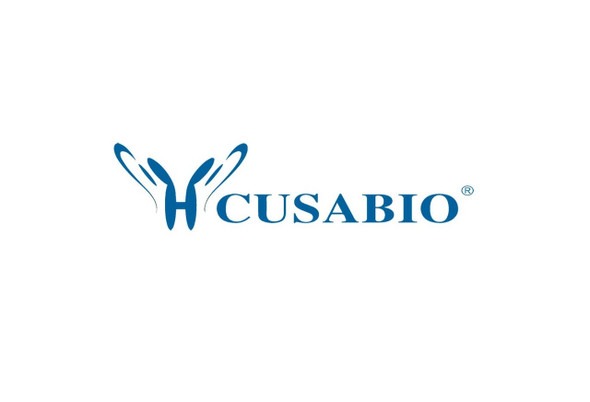Cusabio Human Recombinants
Recombinant Human Store-operated calcium entry-associated regulatory factor (SARAF), partial | CSB-EP853392HU
- SKU:
- CSB-EP853392HU
- Availability:
- 13 - 23 Working Days
Description
Recombinant Human Store-operated calcium entry-associated regulatory factor (SARAF), partial | CSB-EP853392HU | Cusabio
Alternative Name(s): HBV X-transactivated gene 3 proteinHBV XAg-transactivated protein 3;Protein FOAP-7Transmembrane protein 66
Gene Names: SARAF
Research Areas: Biochemicals
Organism: Homo sapiens (Human)
AA Sequence: SDGQYSPPPYSEYPPFSHRYQRFTNSAGPPPPGFKSEFTGPQNTGHGATSGFGSAFTGQQGYENSGPGFWTGLGTGGILGYLFGSNRAATPFSDSWYYPSYPPSYPGTWNRAYSPLHGGSGSYSVCSNSDTKTRTASGYGGTRRR
Source: E.coli
Tag Info: N-terminal 6xHis-SUMO-tagged
Expression Region: 195-339aa
Sequence Info: Cytoplasmic Domain
MW: 31.5 kDa
Purity: Greater than 90% as determined by SDS-PAGE.
Relevance: Negative regulator of store-operated Ca2+ entry (SOCE) involved in protecting cells from Ca2+ overfilling. In response to cytosolic Ca2+ elevation after endoplasmic reticulum Ca2+ refilling, promotes a slow inactivation of STIM (STIM1 or STIM2)-dependent SOCE activity: possibly act by facilitating the deoligomerization of STIM to efficiently turn off ORAI when the endoplasmic reticulum lumen is filled with the appropriate Ca2+ levels, and thus preventing the overload of the cell with excessive Ca2+ ions.
Reference: Signal sequence and keyword trap in silico for selection of full-length human cDNAs encoding secretion or membrane proteins from oligo-capped cDNA libraries.Otsuki T., Ota T., Nishikawa T., Hayashi K., Suzuki Y., Yamamoto J., Wakamatsu A., Kimura K., Sakamoto K., Hatano N., Kawai Y., Ishii S., Saito K., Kojima S., Sugiyama T., Ono T., Okano K., Yoshikawa Y. , Aotsuka S., Sasaki N., Hattori A., Okumura K., Nagai K., Sugano S., Isogai T.DNA Res. 12:117-126(2005)
Storage: The shelf life is related to many factors, storage state, buffer ingredients, storage temperature and the stability of the protein itself. Generally, the shelf life of liquid form is 6 months at -20?/-80?. The shelf life of lyophilized form is 12 months at -20?/-80?.
Notes: Repeated freezing and thawing is not recommended. Store working aliquots at 4? for up to one week.
Function: Negative regulator of store-operated Ca(2+) entry (SOCE) involved in protecting cells from Ca(2+) overfilling. In response to cytosolic Ca(2+) elevation after endoplasmic reticulum Ca(2+) refilling, promotes a slow inactivation of STIM (STIM1 or STIM2)-dependent SOCE activity
Involvement in disease:
Subcellular Location: Endoplasmic reticulum membrane, Single-pass type I membrane protein
Protein Families: SARAF family
Tissue Specificity: Highly expressed in macrophages.
Paythway:
Form: Liquid or Lyophilized powder
Buffer: If the delivery form is liquid, the default storage buffer is Tris/PBS-based buffer, 5%-50% glycerol. If the delivery form is lyophilized powder, the buffer before lyophilization is Tris/PBS-based buffer, 6% Trehalose, pH 8.0.
Reconstitution: We recommend that this vial be briefly centrifuged prior to opening to bring the contents to the bottom. Please reconstitute protein in deionized sterile water to a concentration of 0.1-1.0 mg/mL.We recommend to add 5-50% of glycerol (final concentration) and aliquot for long-term storage at -20?/-80?. Our default final concentration of glycerol is 50%. Customers could use it as reference.
Uniprot ID: Q96BY9
HGNC Database Link: HGNC
UniGene Database Link: UniGene
KEGG Database Link: KEGG
STRING Database Link: STRING
OMIM Database Link: OMIM









